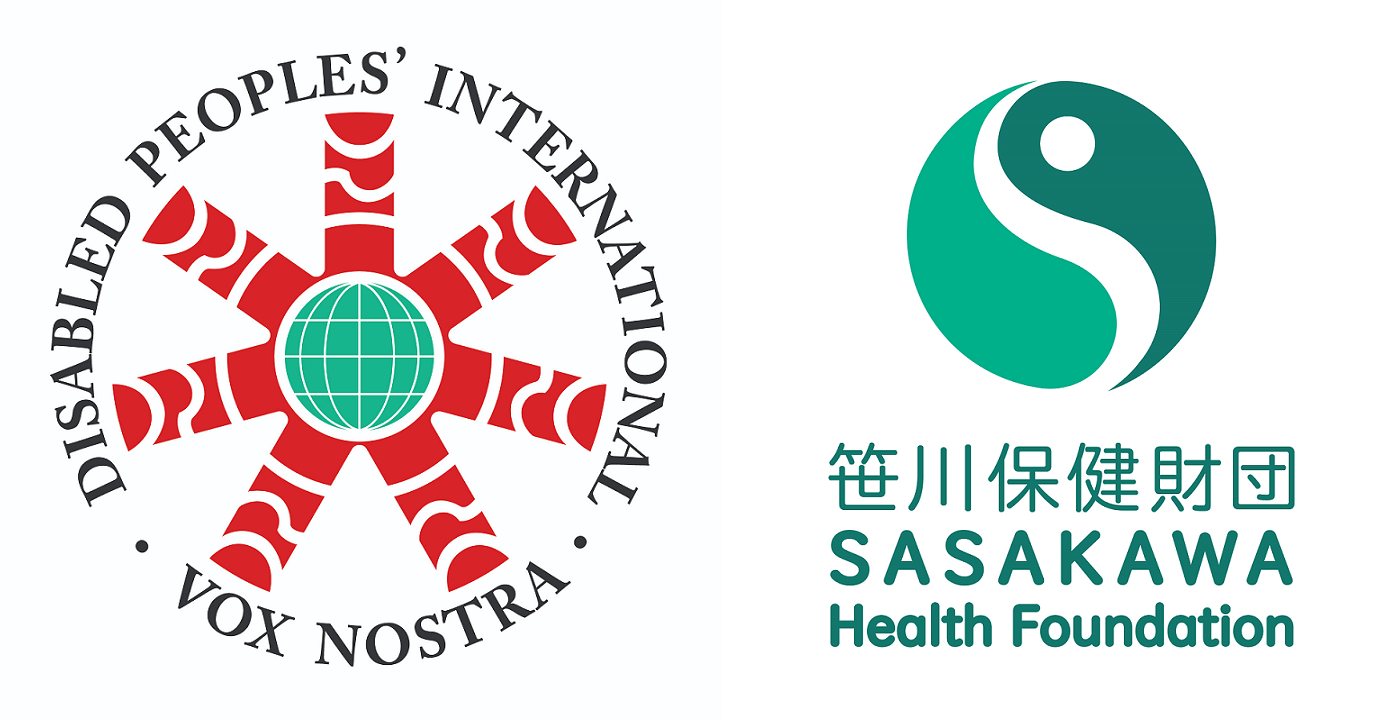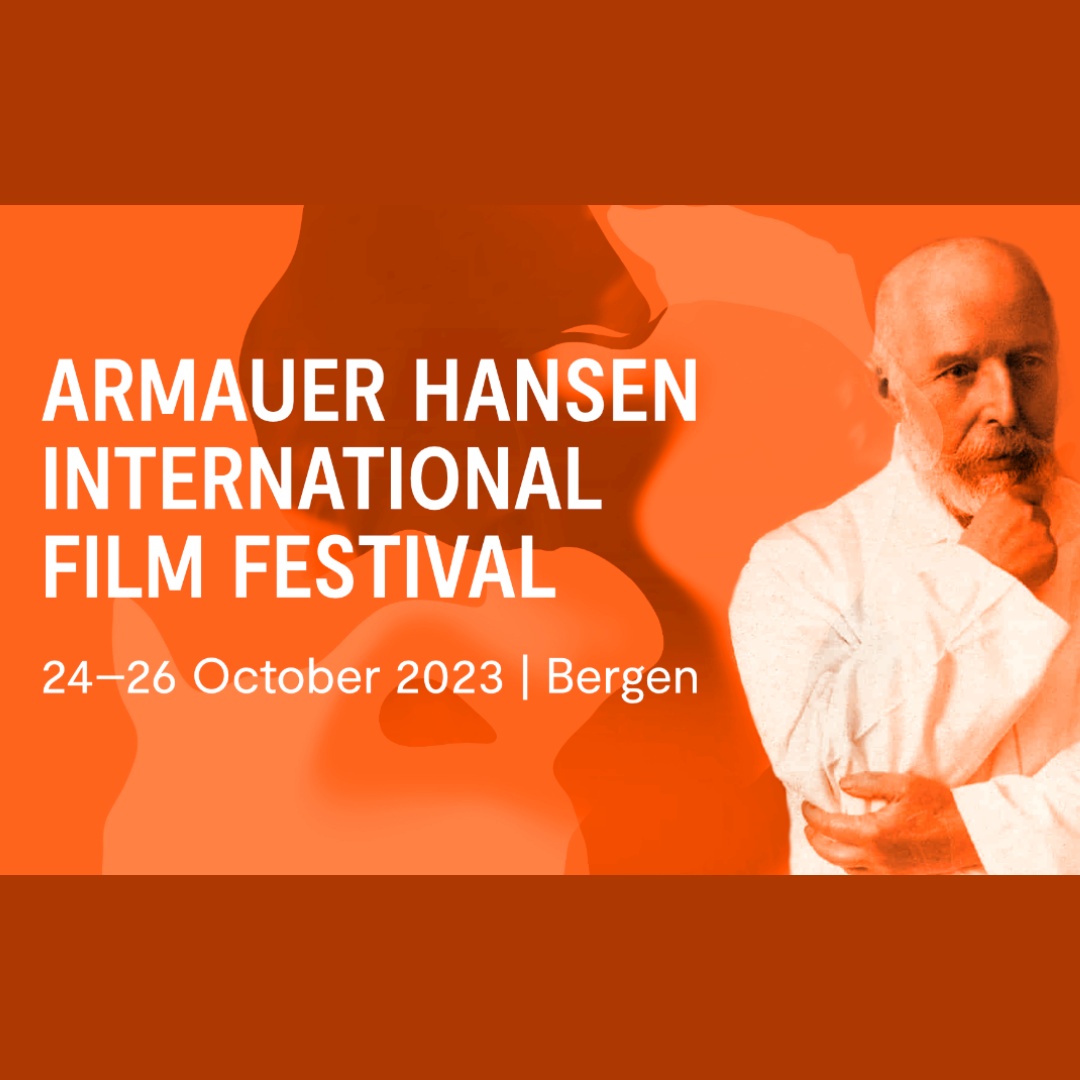Takahiro Nanri PhD
Executive Director, Sasakawa Health Foundation
1. Introduction
Thirty years have passed since the 44th World Health Assembly adopted a resolution in 1991 to eliminate leprosy as a public health problem at the global level by the end of 2000. After this was attained, most countries went on to achieve elimination at the national level, with elimination defined as a registered prevalence of leprosy of less than one case per 10,000 population. Since then, however, the number of new cases is declining only very slowly and stigma and discrimination toward persons affected by leprosy and their families persist.
Earlier this year, the WHO released its Global Leprosy Strategy for 2021-2030. Towards Zero Leprosy sets targets for 2030 that include 120 countries reporting no new autochthonous patients, a 70% reduction in the number of new cases, and a 90% reduction in new cases with Grade 2 disabilities.
In January 2018, the Global Partnership for Zero Leprosy (GPZL) was formed, becoming the flag-bearer of “zero leprosy” ahead of the WHO. It was the first time since the establishment of the Global Alliance for Zero Leprosy (GAEL) that a platform had been established for key actors in the leprosy community. GPZL has a major role to play in achieving the WHO’s numerical targets and realizing a world free of leprosy and its associated problems. In this commentary, I would like to explore how GPZL can utilize the lessons to be learned from GAEL’s experience in order to carry out its activities more effectively.
2. What is GPZL
GPZL is a platform for organizations and individuals aiming to achieve zero leprosy (zero disease, zero disability, and zero discrimination), with major players in the field participating in its leadership team. These include representatives from Novartis, WHO (which has observer status), International Federation of Anti-Leprosy Associations (ILEP), Sasakawa Health Foundation, International Association for Integration, Dignity and Economic Advancement (IDEA), International Leprosy Association (ILA) as well as the UN Special Rapporteur on elimination of discrimination against persons affected by leprosy and their family members (observer) and the national leprosy program managers of Brazil, Ghana, and India. The Secretariat is located in the United States at the Task Force for Global Health in Atlanta, Georgia. GPZL aims at providing full-scale technical assistance (road maps, action plans) as well as conducting research in key areas to support countries to achieve zero leprosy.
3. What is GAEL?
GAEL was established in November 1999. At the first GAEL meeting in January 2001 in New Delhi, participants adopted the Delhi Declaration to eliminate leprosy as a public health problem in every country by 2005. A few months after the first meeting, GAEL was formally recognized at the 54th World Health Assembly. GAEL included the WHO, governments of countries that had yet to achieve elimination, ILEP, Novartis and the Novartis Foundation, The Nippon Foundation and Sasakawa Health Foundation, as well as the World Bank and the Danish International Development Assistance (DANIDA).
GAEL was designed so that governments played a central role, with the WHO providing technical guidance and NGOs and foundations complementing other parts. In addition, The Nippon Foundation and Sasakawa Health Foundation contributed $24 million toward leprosy elimination activities in each country from 2000 to 2005, while Novartis and the Novartis Foundation announced they would donate multidrug therapy (MDT) worth $30 million, beginning from 2000, taking over the role from The Nippon Foundation, which funded the free distribution of MDT between 1995 and 1999. In addition, Yohei Sasakawa, then President of The Nippon Foundation, was appointed GAEL’s Special Ambassador. But disagreements would emerge, resulting in ILEP withdrawing from GAEL in 2001 and GAEL itself dissolving in 2003.
4. What went wrong with GAEL?
GAEL was launched in support of WHO’s “final push” strategy as the emphasis shifted to elimination of leprosy at the national level after it had been achieved at the global level by the end of 2000. GAEL succeeded in securing political commitment from governments and support from various donors, and leprosy was eliminated as a public health problem by 16 out of the remaining 22 countries during its existence, but it ultimately failed for reasons that included conflicts among participants and poor communications and coordination.
Regarding the former, WHO and national governments felt that if elimination was achieved, infections in the community would stop, the number of leprosy patients would decline, and regular healthcare systems would be able to cope.
Objections to these assumptions came mainly from NGOs. They argued that registered prevalence as used to define elimination was not an accurate reflection of the epidemiological situation. They also feared that countries would mistakenly think that leprosy was no longer a problem once elimination was achieved, and this would lead to a drastic cutback in budgets and personnel for leprosy programs. They also pointed out that even if the disease was cured using MDT, there would still be people left with disabilities, and that discrimination would remain. In other words, while the WHO and governments emphasized achieving elimination as a “political issue” within the framework of GAEL, NGOs tried to focus on issues such as what kind of support should be provided to persons with disabilities, and how to deal with discrimination, as part of the solution to leprosy, and these differences became apparent.
In addition, GAEL was unable to coordinate or communicate sufficiently between the WHO (which was responsible for the Secretariat) and others involved. As a result, it failed to build a system of cooperation that utilized the strengths of each participant. This caused confusion at a practical level, led to participants criticizing one another, and resulted in GAEL’s breakup.
5. What can GPZL learn from GAEL?
A big difference between GAEL and GPZL is that the former was an official initiative recognized by the World Health Assembly while the latter is a private-sector initiative. Therefore, the challenge for GPZL, in addition to low international recognition compared to GAEL in its day, is the absence of financial backing for “zero leprosy” in each country.
On the other hand, certain factors are in GPZL’s favor: going forward, governments are likely to aim for “zero leprosy” in accordance with the WHO’s Global Leprosy Strategy for 2021-2030. Furthermore, there are not major objections to this policy within the leprosy community, nor are there conflicts among the participants. Another difference from GAEL is that persons affected by leprosy are actively involved in GPZL.
So, in order for GPZL to contribute to realizing “zero leprosy” in each country, what will be key? I would like to put forward four points: 1) Building an effective implementation system at the national level; 2) Dividing up roles based on strengths of each member; 3) Raising funds; and 4) Securing political commitment.
First, based on the lessons to be learned from the inadequate coordination and communication between the GAEL Secretariat and those carrying out initiatives at the national level, a “national partnership” should be established in each country, consisting of the government, WHO, organizations of persons affected by leprosy, NGOs, universities and research institutes, to tackle “zero leprosy”, with GPZL acting as the coordinating body. I would strongly recommend that those taking part be persons familiar with the current situation of the target country (e.g., related policies, actors involved) and who are good at liaison and coordination. In the process, it will be necessary to cooperate closely with WHO, which has specialist knowledge, not to mention with the government concerned, while ensuring as far as is possible that their roles do not overlap.
Next, GPZL can effectively mobilize the diversity and strengths of its members, something that GAEL was unable to do. Since GPZL is a flat “platform” in which everyone can participate, the Secretariat should create an environment and framework in which members can play a strategic role by taking advantage of their respective strengths in various areas such as project implementation, research, policymaking, fundraising, and advocacy.
Third, it will be necessary to increase the seriousness with which governments tackle leprosy. Despite the criticisms leveled at GAEL, countries did publicly agree to take joints steps to work on the elimination of leprosy, and this kind of “international movement” in leprosy has not been seen since. Therefore, GPZL should make efforts to create a second such movement by reaching out to government officials and having “zero leprosy” placed on the political agenda.
Last, there is the issue of fundraising. No matter how good a plan is and the system devised to implement it, without financial backing, it will be difficult to realize. Finding new donors will not be easy, given that leprosy is less of a priority for countries than in GAEL days, in addition to which GPZL is not yet well-known. At the very least, therefore, to attract new donors, GPZL needs to be clear about what problems it can actually contribute to solving.
For example, it can select a country where it will be easy to achieve results in a relatively short period of time, implement a “zero leprosy” model project, and use the results to bring new donors on board. In addition to looking for new donors, GPZL has the option of working with existing donors. By means of a donor conference, for example, it can review the current status of donor support (by country, category, and amount) and reorganize this support more effectively based on the actual situation.
As noted at the outset, 2021 is the 30th anniversary of the World Health Assembly resolution to eliminate leprosy as a public health problem. However, there is no sign that the challenges posed by the disease are at an end. Moreover, the COVID-19 pandemic has caused serious disruption to diagnosis, treatment, and rehabilitation in various parts of the world, and measures against the disease have been dealt a setback. With that in mind, it is very important that we make the best use of GPZL, a platform in which a wide range of actors participate, in order to realize a world without leprosy and its related problems.
(The author is Vice Chair of the Global Partnership for Zero Leprosy.)
【Reference】
Braber, Kommer L. “An evaluation of GAEL, the Global Alliance for the Elimination of Leprosy” Leprosy Review. 2004; 75, 208-213. Lepra.
Lookwood DNJ, Suneetha S. “Leprosy: Too complex a disease for a simple elimination paradigm” Bulletin of the World Health Organization. 2005, 83 (3), 230-235. WHO.
Rinaldi, Andrea C. “The Global Campaign to Eliminate Leprosy” PLos Medicine. 2005; Volume 2, Issue 12, e341.
Skolink R, Agueh F, Justice J, Lerhat M. “Independent Evaluation of the Global Alliance for the Elimination of Leprosy” 2003. WHO.





